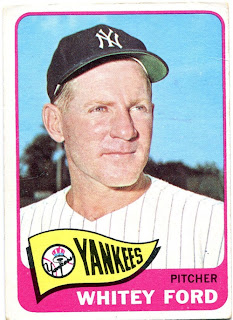 |
| A Studebaker "Bullet Nose". Courtesy of Crews News. |
Harrington was settled in the 1880's by homesteaders and was said to have some of the best soil for growing wheat in the territory. One year a farmer sold his crop for over a whopping $200,000 (equivalent to about $5-$6 million today). The city has its own grain elevator and in some high yielding years the silos were packed full and excess grain was put in massive piles next to the silos, until room was made to pack it in. In the early years the wheat industry was modest due to the fact that crops had be hauled the 20 miles to Sprague to be sold. That all changed though when Harrington was chosen as a stop for the Great Northern Railroad. Farmers now had a direct line to sell their grain, cutting down cost and travel.
 |
| Wheat harvest in early Harrington. Courtesy of Harrington. |
The city began to boom with the arrival of the railroad. Land prospectors from California showed up to purchase plots of land, believing they would rise in value with new train depot. They were right and over the next 80 or so years Harrington saw a steady raise in population growth. With multiple passenger trains coming and leaving the city several times a day, people began leaving Spokane to come enjoy a day or night in Harrington. The opera house (which is more of an auditorium with seating for a couple hundred) was bringing in traveling acts to perform with regularity. Many of these traveling acts signed and dated their names on the walls backstage and in the dressing rooms, many of which are still legible today. In these booming years in Harrington, the hotel was never empty and the liquor was flowing. It is said that in his youth famous Spokanite, Bing Crosby, used to come out to Harrington with his brother for nights of drinking and singing.
 |
| Bing Crosby singer from Spokane. Courtesy of Wikipedia. |
On our trip Saturday to Harrington, we visited the Electric Hotel, the Harrington Opera House, the legendary Studebaker shop, and took a stroll down the main street seeing old city hall and the old saloon. The town has that very refreshing small town feel to it; everybody was friendly and knew everyone (probably why every car rolled by slow to inspect us outsiders). Every building we toured was a living museum. The Studebaker shop was packed full of cool,old, rare cars; one of them he was working on is only one of six left in the world. In the owners office he had other old relics, not all associated with cars; an original Mr. Potatoe Head still in the box and my favorite, old baseball cards including hall of famer Whitey Ford. The opera house was filled with old cast pictures, hand painted back drops, and the hundreds of performer's names. The owners still put on plays and performances on the old stage, sometimes a couple times a week, mostly by the local high school drama club. At the time of our visit the hotel didn't look much like a hotel, more of a worksite. You can tell owners, Jerry and Karen, are putting their heart and soul into the project and I can't wait to see the final product. I'd like to thank everyone we met in town for their hospitality and informative tours of the town.
 |
| Hall of Fame Yankees pitcher Whitey Ford. Courtesy of Hall of Fame Memorabilia. |
On a creepier note, the story about the Shelby girl who died at 13 in Harrington, I'm pretty sure I saw her gravestone while we were wandering through the cemetery. Also a few of the names of old citizens in the 100 years of Harrington book stuck out as familiar. Did anyone else who went on the trip notice this?






